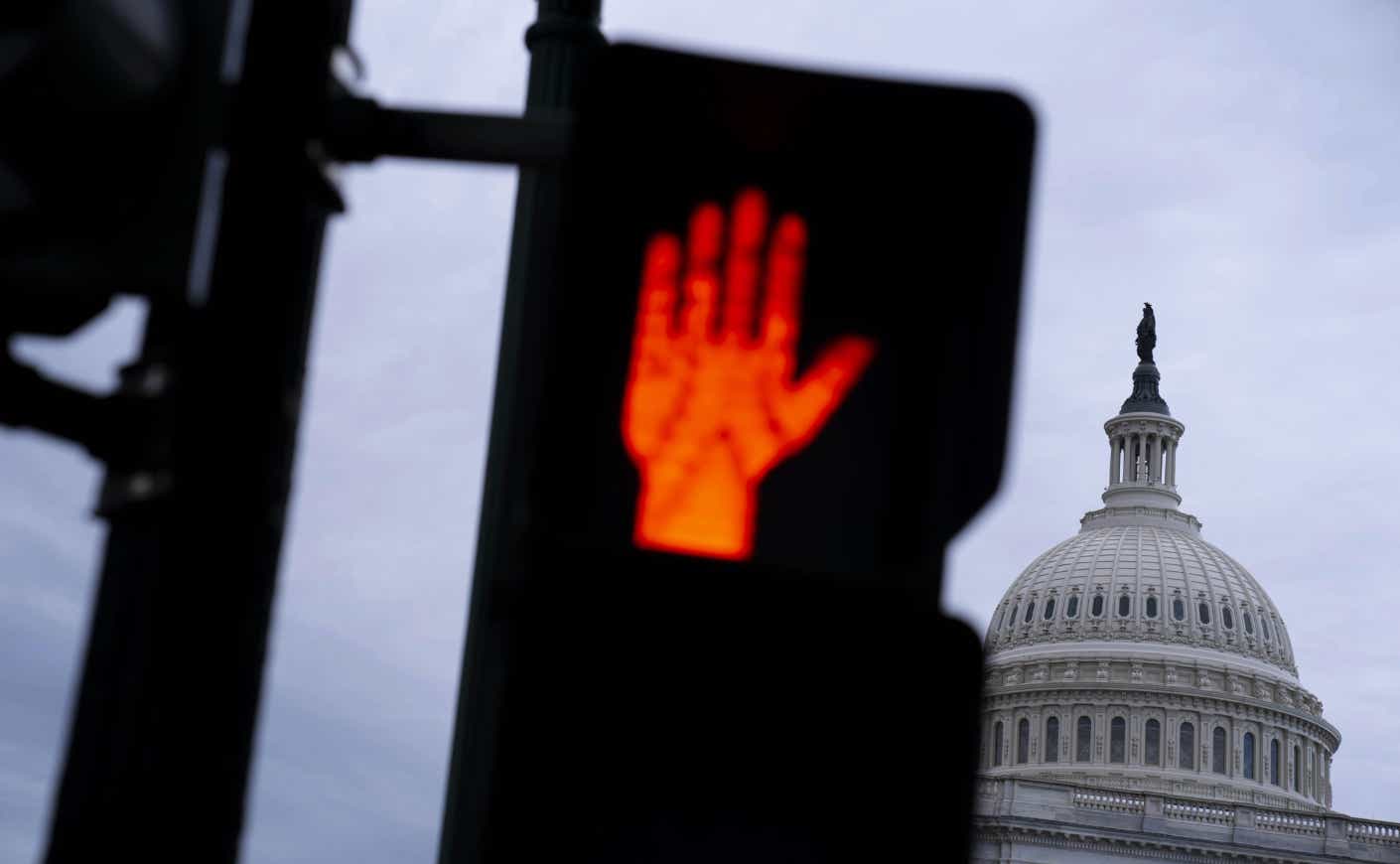Congress is racing against the clock once again with another looming deadline to fund the government.
Lawmakers have until the end of the week to strike a deal, but the big question is whether House Republicans can rally enough GOP support to pass the short-term funding bill needed to keep the federal doors open.
What we do know is that a shutdown could result in a major fallout. Federal workers could go without pay, and essential services — like food and assistance programs — could eventually come to a halt.
Here’s the latest on the funding showdown.
When would the government shutdown happen?
If lawmakers fail to pass a new bill, federal funding will expire on Friday, March 14.
But what does that actually mean? A government shutdown happens when Congress fails to approve funding or extend existing funds for federal agencies and programs. This creates a funding gap, forcing agencies to halt projects and suspend certain activities. While some essential services continue, programs like food assistance and public aid could face disruptions if the shutdown drags on.
Other critical services, such as air traffic control and law enforcement, will remain operational. But hundreds of thousands of federal employees deemed “nonessential” — meaning their jobs aren’t critical to public safety or vital government functions — would be furloughed, leaving them without work or pay until the shutdown ends. In past shutdowns, some national parks closed entirely, while others remained technically open, but help desks and some facilities like restrooms would be closed.
If it feels like government shutdowns are happening more often, you’re not wrong. In recent years, both Democrats and Republicans have used funding deadlines as leverage to push their political priorities. However, there’s a strong incentive to avoid shutdowns because they come at a high cost — according to the nonpartisan Congressional Budget Office, the last funding lapse resulted in a permanent economic loss of about $3 billion.
Would the government shutdown affect travel?
The looming shutdown also coincides with the start of spring break, which is a little worrying for Americans headed for fun in the sun. The good news is that a shutdown probably won’t bring air travel to a halt, but it could still cause some disruptions. TSA agents and air traffic controllers are deemed essential and will keep working, but since they won’t be getting paid, some may call out, which could lead to delays.
We’ve seen this scenario before: During the 2018-2019 shutdown, travelers faced longer security lines as TSA agents skipped shifts, some airport checkpoints closed, and a shortage of just 10 air traffic controllers temporarily halted flights at LaGuardia Airport in New York City — and delayed travel at other major airports nationwide.
How can the government avoid a shutdown?
Both the House and Senate need to pass a stopgap measure, known as a continuing resolution, extending funding. The measure would then go to President Trump for his signature.
And there’s already one in the works: House Republicans unveiled a six-month continuing resolution over the weekend, extending government funding through September. The measure would increase defense spending and provide additional funding for veterans’ health care while decreasing non-defense spending.
But the bill must first clear the House Rules Committee before it can go to a floor vote. Despite the Republican majority, its future is far from certain. With only a narrow majority, House Republicans are working to build support, facing opposition from Democrats who argue it would give Elon Musk’s Department of Government Efficiency even more power to cut costs. Minority Leader Hakeem Jeffries has urged his party to reject the stopgap measure, but divisions are already emerging, with Senate Majority Leader Chuck Schumer cautioning against the risks of a government shutdown.
At least one Republican, Rep. Thomas Massie of Kentucky, has said he will vote against the bill. However, senior Republicans are counting on support from the 13 House Democrats representing districts that swung toward Trump to get it passed.
If they succeed, the bill would then head to the Senate, where it faces a new set of challenges. The GOP holds a 53-seat majority, but 60 votes are needed to pass the bill, meaning they’ll need Democratic support. To complicate things further, GOP Sen. Rand Paul has vowed to oppose the measure, so at least eight Democrats will need to back it for it to pass and reach the president’s desk.
If the House can’t secure enough votes for the resolution, lawmakers are likely to shift toward a shorter-term funding measure, which Democrats have recently shown support for.
So while a deal is on the table, there are still plenty of obstacles to clear before a shutdown can be avoided — and the clock is ticking.









